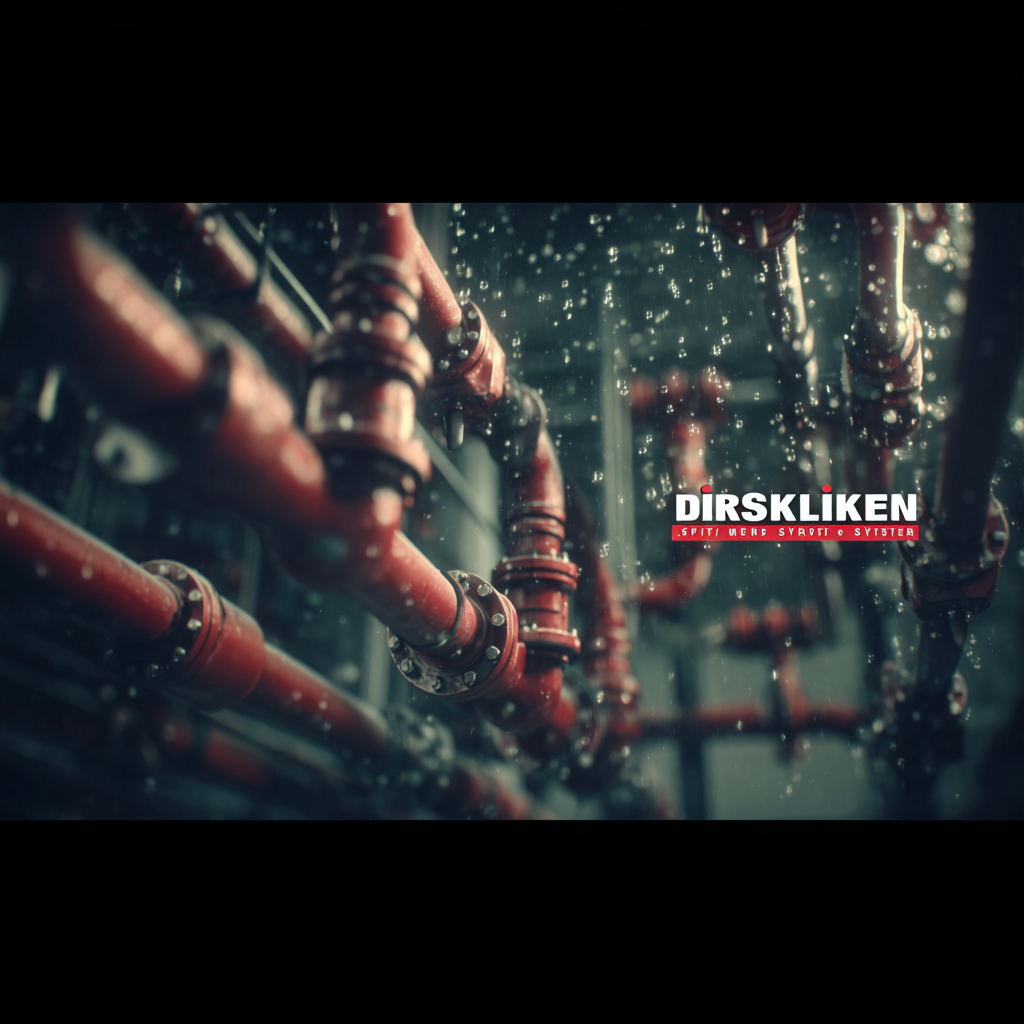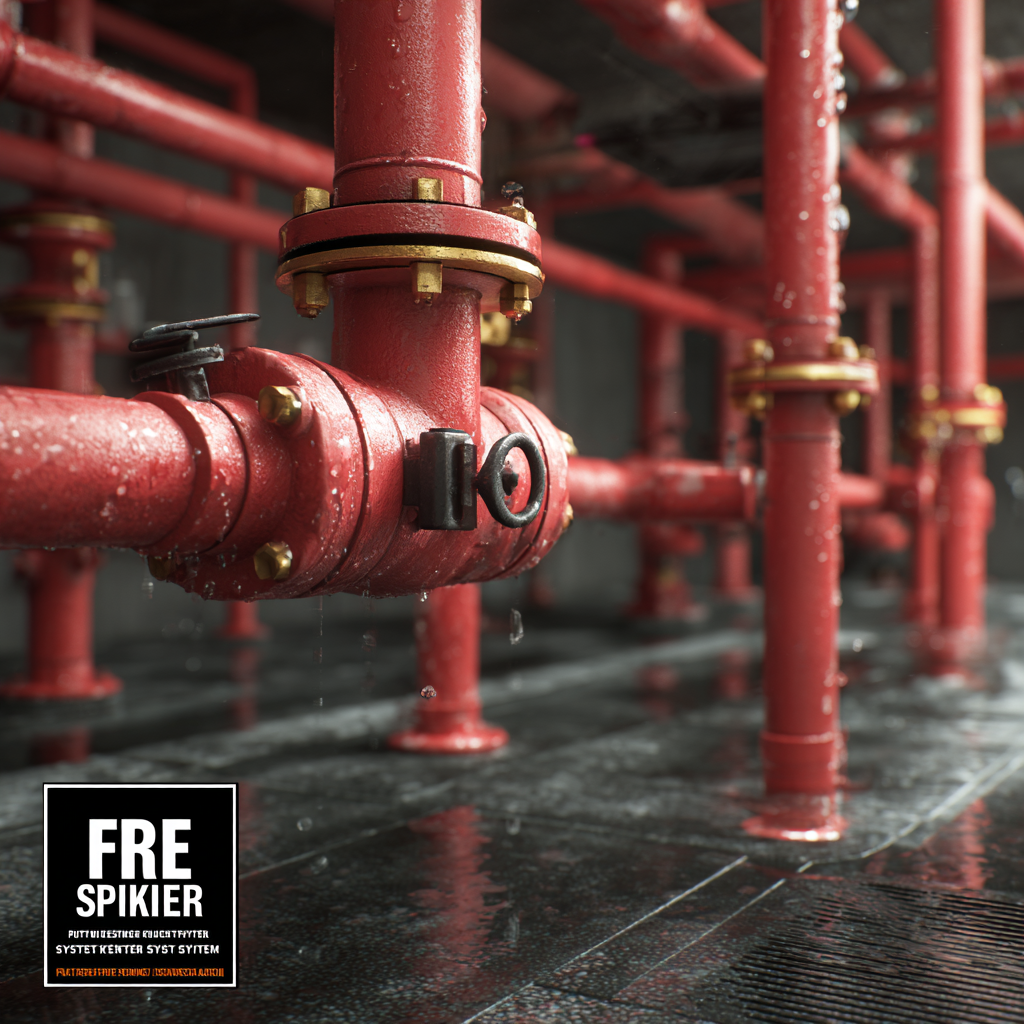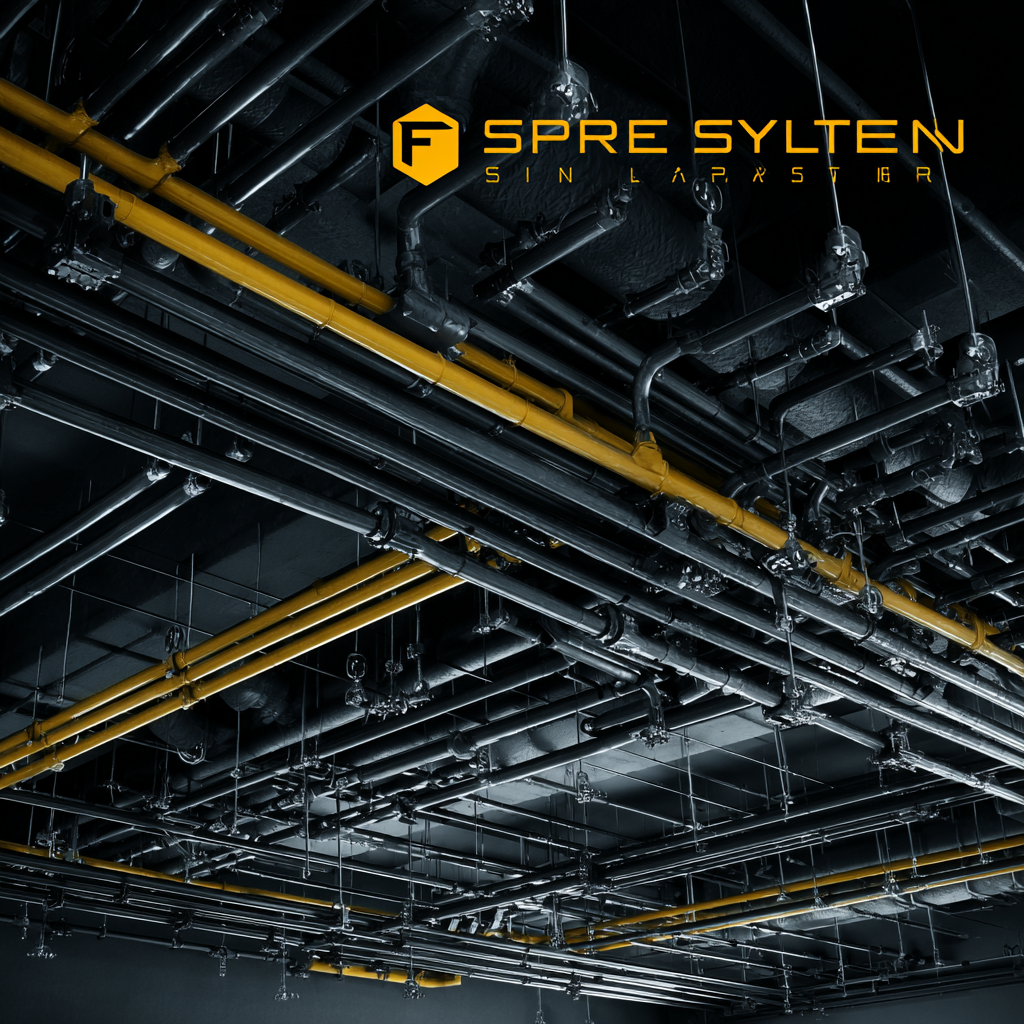Challenges Associated with the Best Fire Sprinkler System Selection
Selecting the optimal Fire Sprinkler System is crucial for ensuring safety and mitigating fire risks in various settings, from residential buildings to industrial complexes. According to the National Fire Protection Association (NFPA), a properly designed and installed fire sprinkler system can reduce the risk of fire death by 87% and property loss by 70%.

However, the choice of a manufacturer for these critical systems poses significant challenges, as not all products meet the stringent safety and performance standards outlined in federal and local regulations. Industry reports indicate that many businesses struggle with understanding the nuances of sprinkler system classifications, compliance requirements, and installation practices. Thus, making an informed decision when choosing a quality manufacturer is essential not only for compliance but also for maximizing the effectiveness of fire protection measures.
Factors to Consider When Choosing the Right Fire Sprinkler System
Selecting the right fire sprinkler system is crucial for ensuring safety and compliance in any building. To make an informed decision, several factors should be taken into account, including the type of occupancy, local building codes, and water supply availability. According to the National Fire Protection Association (NFPA), around 65% of all fire-related fatalities occur in structures without a working sprinkler system, emphasizing the importance of proper selection.

Tips: When assessing different fire sprinkler systems, consider conducting a comprehensive risk assessment to identify potential hazards specific to your environment. Evaluate the building's layout, occupancy types, and any unique features that may affect installation. Additionally, working closely with a fire protection engineer can provide insights tailored to your specific needs, which can enhance the effectiveness of the system.
Furthermore, consider the maintenance requirements and potential costs associated with each system. Research indicates that regular inspection and maintenance can reduce the likelihood of system failure by 30%. By choosing a system that balances initial investment with long-term reliability and efficiency, you can ensure both safety and compliance without incurring excessive costs.
Understanding Different Fire Sprinkler System Types and Their Applications
When selecting the best fire sprinkler system, understanding the various types and their specific applications is crucial. The primary types of fire sprinkler systems include wet pipe, dry pipe, pre-action, and deluge systems, each designed to suit different environments and fire hazards. Wet pipe systems are the most common, featuring a constant supply of water, making them ideal for areas where freezing is not a risk. Conversely, dry pipe systems are filled with pressurized air and only release water when a fire is detected, making them suitable for unheated spaces or areas prone to freezing.
Pre-action systems combine features of both wet and dry systems, often found in locations with valuable assets, as they require activation of both the fire detection and sprinkler systems before water is released. Deluge systems are activated by smoke detectors and discharge large volumes of water, commonly used in high-hazard areas such as chemical processing facilities. Understanding these differences is essential for ensuring that the chosen system aligns with the specific fire risks of a property, ultimately enhancing safety and compliance with fire regulations.
Challenges Associated with Fire Sprinkler System Selection
This chart illustrates the challenges faced when selecting different types of fire sprinkler systems based on various factors such as installation cost, maintenance requirements, response time, and effectiveness.
Key Technical Specifications for Effective Fire Sprinkler Performance
When selecting the best fire sprinkler system, understanding the key technical specifications is essential for ensuring effective performance. One of the most important specifications is the water supply rate, which varies based on the type of occupancy and potential fire hazards. Ensuring that the system is designed to accommodate the maximum expected flow can significantly enhance its efficiency in extinguishing fires.
Tips: Always engage a fire protection engineer to perform a hydraulic analysis. This ensures the system is tailored to the specific needs of the building and complies with local codes.
Another crucial aspect is the sprinkler positioning and spacing, which must be optimized to deliver uniform coverage. Properly spaced sprinklers can prevent potential blind spots where fire might go undetected. The choice of sprinkler head type—such as standard response or quick response—also plays a pivotal role in fire suppression effectiveness.
Tips: Regularly inspect and maintain your fire sprinkler system to ensure that all components are functioning correctly and to minimize the risk of malfunction during an emergency.

Common Challenges in Fire Sprinkler System Selection and Implementation
Selecting and implementing the best fire sprinkler system poses several common challenges that can impact both safety and budget. One significant issue arises from the complexity of regulatory requirements, which vary by location.
According to the National Fire Protection Association (NFPA), over 25% of fire incidents originate from neglected safety systems. These variations often result in additional costs associated with ensuring compliance, which can hinder timely project completion and inflate budgets.
Furthermore, the rapid advancement of fire protection technologies means that decision-makers must navigate an increasingly crowded market. A report by MarketsandMarkets indicates that the global fire sprinkler market is projected to reach approximately $23 billion by 2026, driven by innovations in smart fire safety systems. Understanding which system best meets the specific needs of a facility requires thorough research and expert consultation, both of which can be resource-intensive. Consequently, organizations must invest time into evaluating compatibility with existing infrastructure, maintenance requirements, and the potential for future upgrades, ultimately complicating the selection process.
Best Practices for Assessing Compliance and Safety Standards in Fire Sprinklers
Selecting the best fire sprinkler system requires a thorough understanding of compliance and safety standards. According to the National Fire Protection Association (NFPA), nearly 60% of fire deaths in the U.S. occur in homes that lack working fire sprinkler systems. The NFPA's Fire Sprinkler Initiative emphasizes that adhering to building codes and standards such as NFPA 13 can significantly enhance safety—these systems reduce the risk of fire-related injury by nearly 87%.
To ensure compliance, it's crucial to assess the specific requirements based on building type and occupancy. For example, hospitals and high-rise buildings may need tailored systems to address unique challenges, as outlined in the NFPA guidelines. Additionally, regular maintenance and inspection of fire sprinkler systems are mandatory, as non-compliance can lead to devastating consequences. The latest data suggests that organizations that perform routine checks on their systems can reduce malfunction rates by 30%, ultimately safeguarding lives and property. As such, fire protection professionals must engage with these best practices to optimize safety and compliance in their sprinkler system selections.
Challenges Associated with the Best Fire Sprinkler System Selection - Best Practices for Assessing Compliance and Safety Standards in Fire Sprinklers
| Challenge | Impact | Best Practice | Compliance Standards |
|---|---|---|---|
| Lack of Knowledge on Regulations | Increased risk of non-compliance | Regular training for installation teams | NFPA 13 |
| Inadequate System Design | Higher likelihood of system failure | Engage qualified engineers for design reviews | IBC Standards |
| Poor Installation Practices | Increased maintenance costs | Follow manufacturer installation guidelines | UL Standards |
| Maintenance Issues | System unavailability during emergencies | Schedule regular maintenance checks | NFPA 25 |
| Insufficient Resource Allocation | Delays in project implementation | Allocate budget based on comprehensive risk analysis | OSHA Standards |
